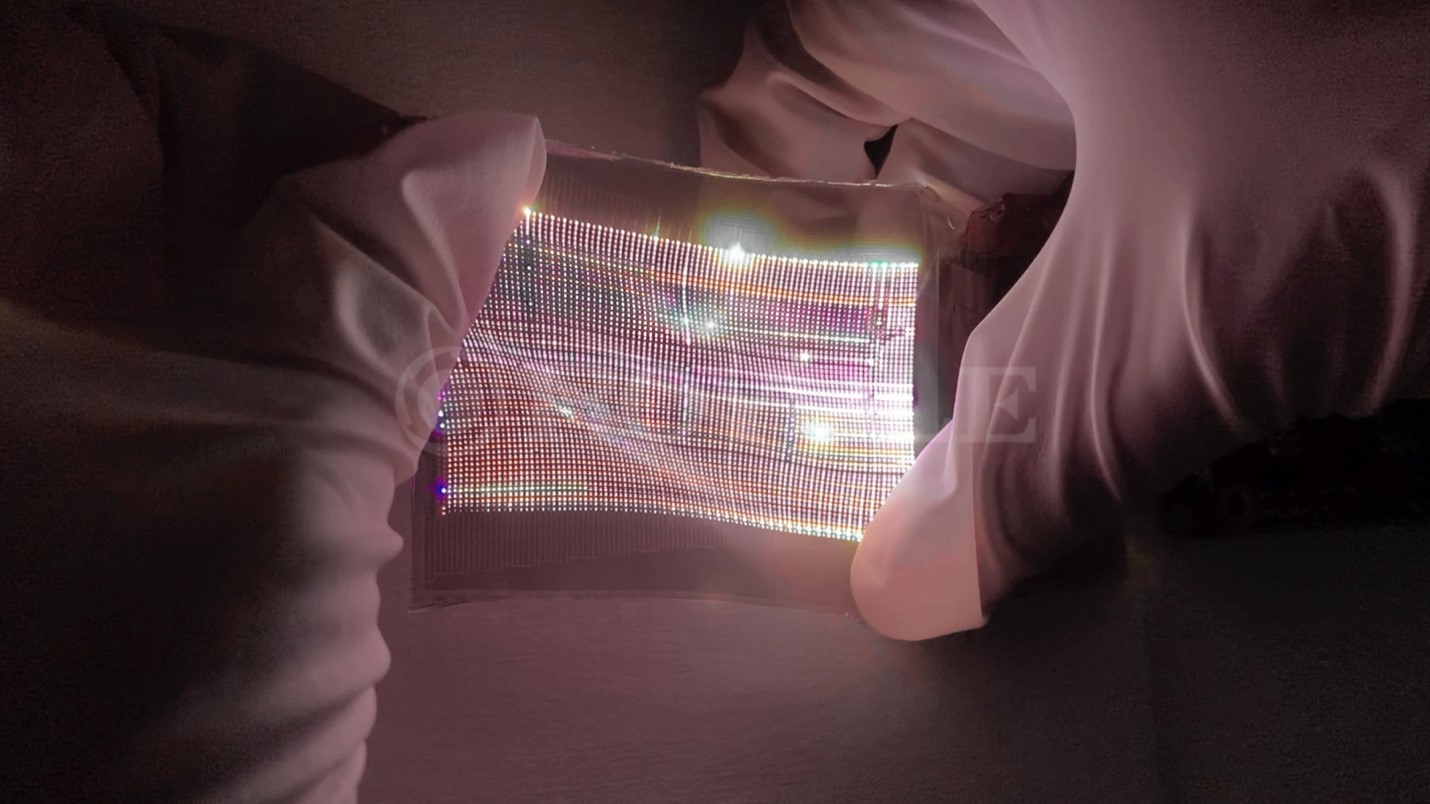The makers of the first foldable phone just revealed something much weirder
Stretching screens

If you think foldable phones are pretty strange, funky or weird devices, you're not going to like what's coming next. Royole, which made the first ever folding smartphone, has just unveiled something which could lead to really, really futuristic tech.
As part of SID Display Week, Royole unveiled new stretchable display technology. This kind of tech does exactly what it says on the tin - the screen can contort and be manipulated, and still show the same information.
- These are the best smartphones
- Check out all these concept foldable phones
- The Samsung Galaxy Z Fold 3 is expected soon
This development works for mini-LED displays, which is a technology that shrinks the backlights of an LCD display for better contrast.
Royole presented a few different use cases for its stretching display, and showed off a few images too. The company said the tech "will inspire a world of new form factors that require elastic qualities across a variety of industries, such as health and fitness, sports and fashion, and smart transportation".
Stretchable electronics are the bleeding-edge of flexible technologies, building electronic circuits with stretchability and elasticity. Read more about Royole's groundbreaking research in micro-LED based stretchable displays: https://t.co/zg6XpP5OlV pic.twitter.com/DhTqZfhNrEMay 24, 2021
Maybe we could see fitness trackers that can be better fitted to specific wrists or body types, or smart clothing with screens built into the fabric. Another example Royole gives is "topographical tools such as globes or maps that can display geographic, historical and cultural detail in one solution", which sounds impressive for scientific and educational purposes.
It sounds like there's no solid plan for a gadget with a stretchable display just yet, but that makes sense - developments like this take years to get implemented into consumer products. If we do see the screen tech in use, it'll likely be in a Royole product first.
The working prototype Royole unveiled had a size of 2.7 inches and 96 x 60 resolution, which is the one pictured in the Tweet above. That's bigger than your average smartwatch, but not as big as a smartphone or tablet.
Sign up for breaking news, reviews, opinion, top tech deals, and more.
Royole's stretchable display sounds similar to what we've seen in certain folding phones, and especially in the Nubia Alpha smartwatch. That gadget had a curved display that could flex a little bit, but Royole's display tech sounds a lot more flexible.
It's exciting to see what kind of use cases this kind of development could lead to, and it evokes imagery of futuristic cities where every surface is a screen. We'll probably have to wait quite a while to see the tech in use, but hopefully, the wait will be worth it.
Via GSMArena

Tom Bedford joined TechRadar in early 2019 as a staff writer, and left the team as deputy phones editor in late 2022 to work for entertainment site (and TR sister-site) What To Watch. He continues to contribute on a freelance basis for several sections including phones, audio and fitness.